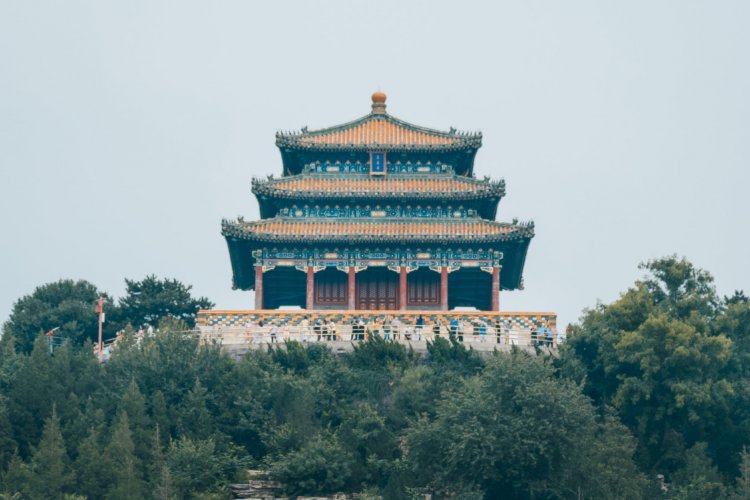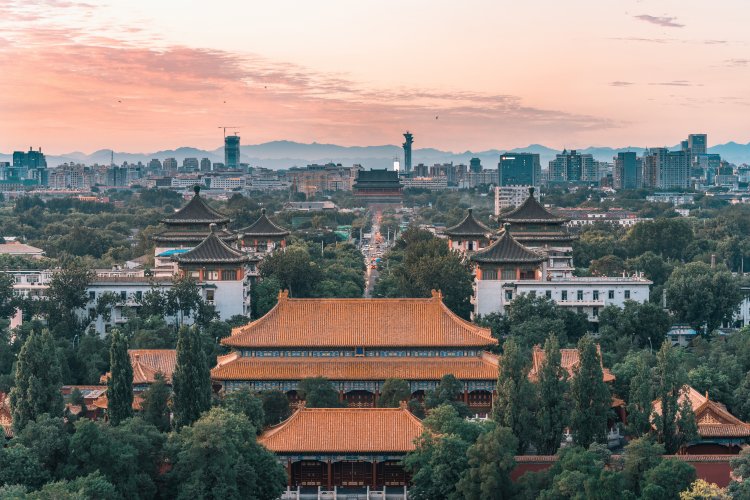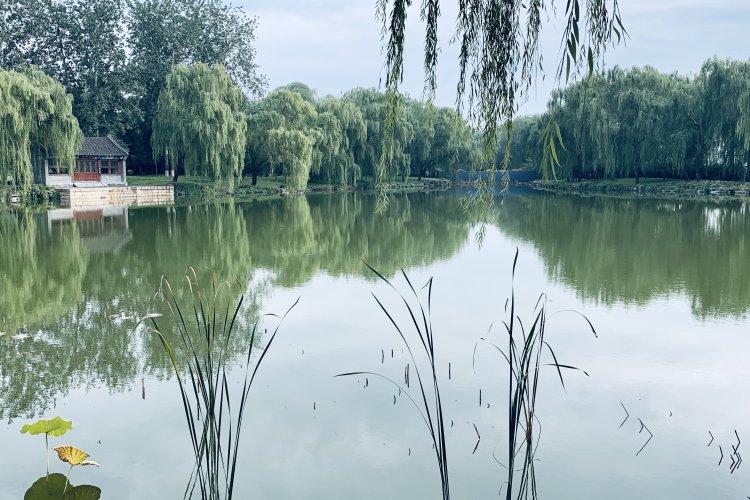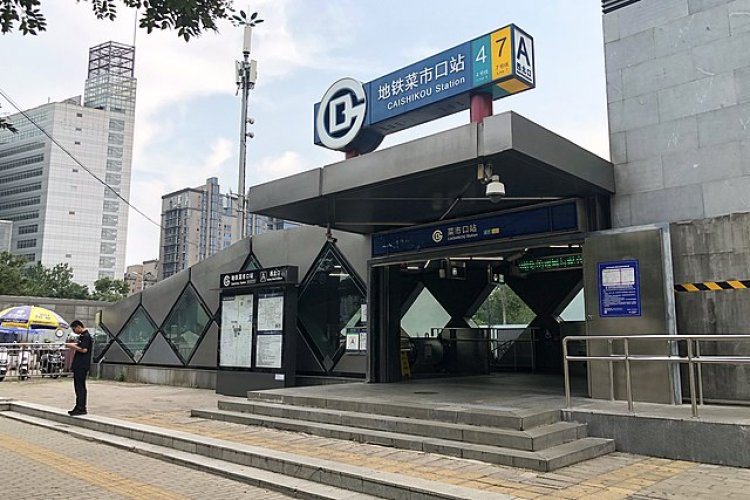Weekend Walk: Huguosi and the Back Streets of Houhai
Our walk begins on Diananmen Xidajie, outside Exit B of the Beihai North (Beihaibei) Subway Station on Line 6. This walk also makes an excellent combination with Beihai Park, located across the street from the metro stop. From the Metro Stop, face away from busy Diananmen Street, turn left, and head northwest along Longtoujing Jie. The street name translates as “Street of the Dragon Well,” and, yes, there was once a legendary magic well located on this lane. Truth in advertising.

Turn left on Dingfu Street. Almost immediately after your turn, you will see a large building dating from the early 20th century on the northern side of the hutong.

This is the former site of Fu Jen Catholic University. First established as Fu Jen Catholic Academy by two Chinese priests, Ma Liang and Ying Hua, the academy was upgraded to a university in 1925 by the Benedictines. In 1952, Fu Jen University relocated to Taiwan, and the grounds here and the remaining faculty and departments were merged with other institutions, notably Beijing Normal University, which continues to manage the space today.
Just a short walk past the university, at #3 Dingfu Street, is a military outpost whose current occupants are severely allergic to photographs and loiterers. However, the front gate of #3 is a legacy of its former tenant, Yikuang, also known as Prince Qing.
Yikuang’s ancestors had lived down the street at the current Prince Gong’s Mansion site, but the Xianfeng Emperor exercised his imperial prerogatives and reshuffled his brothers’ palaces. Prince Qing moved to 3 Dingfu Street, taking over a property that had been mostly abandoned following the political demise of its former occupant, the Manchu official Qishan, whose crimes included signing away Hong Kong to the British. The descendants of Prince Qing lived here into the early 20th century when the state took it over.

Follow Dingfu Jie west to the busy intersection with Deshengmen Nei Dajie and across the street to the start of Huguosi Street. Right at the corner of Huguosi Street and Dehsengmennei Dajie is the former home of opera star Mei Lanfang. Born in 1894, Mei Lanfang earned fame across China and around the world for his incredible portrayals of female roles. The house is now a museum of Mei’s life and stage career. It is also a nice way to appreciate what life might have been like in a Beijing courtyard during this period of history.

Outside of Mei Lanfang’s house, Huguosi Street is becoming one of the area’s biggest tourist draws. The name comes from the latest in a series of temples and structures dating back nearly 900 years that once graced the lane. The various structures throughout the centuries seemed to all be a bit… accident-prone, with each successive incarnation getting burned down after a few hundred years, most recently in 2004. Today, very little of the Huguosi exists, but the local community has rekindled a little of the temple market spirit, and the street is a riot of small restaurants, snack shops, and stores.

At the far end of Huguosi Street (#74) is the People’s Theater, first built in 1954. Once a popular place with local folks looking to enjoy an afternoon of Peking Opera, the theater underwent a major renovation in 2011. The exterior is still an excellent example of the 1950s Beijing architectural “style.”

Huguosi Street is also an excellent place to conclude your hutong journey or fortify yourself for further exploration with a nice (semi-)chilled cup of Sour Plum Juice (酸梅汤 suānméitāng), a meat-filled dumpling (肉饼 ròubǐng), or a more robust lunch at one of the many restaurants which line the street.

READ: Weekend Walk: Walking the Martyrs' Trail in Southwestern Beijing
Image Credits: Photographs by the author, except Prince Qing and the Mountain Gate of Huguosi (Wikicommons), and Huguosi Snacks (The Beijinger)







